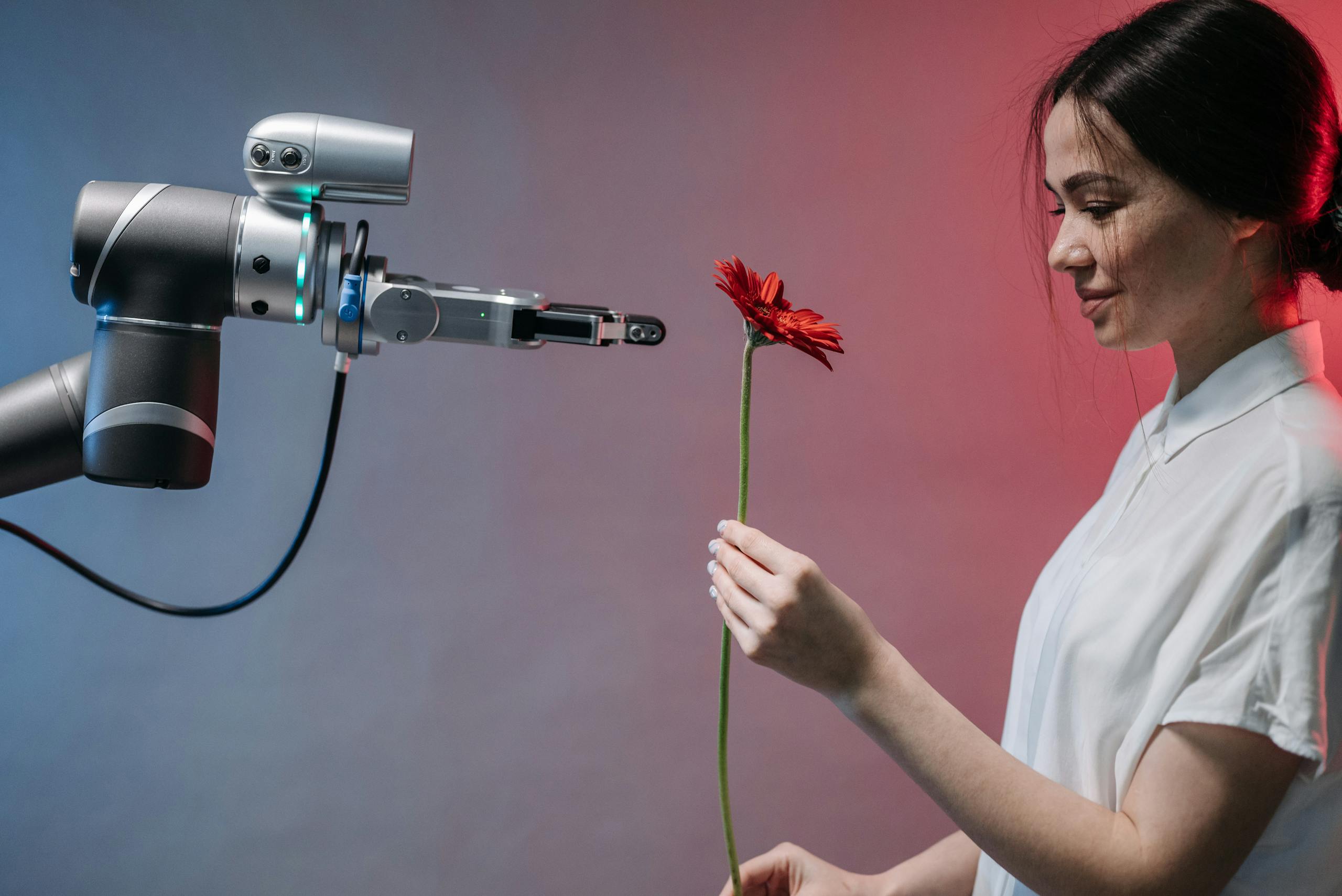
AI and Human Collaboration: Finding the Balance
The integration of Artificial Intelligence (AI) into various sectors has revolutionized how we approach problem-solving, productivity, and innovation. However, as AI continues to evolve, a crucial question arises: how do we find the right balance between AI and human collaboration? This blog post aims to explore this balance, discuss the benefits and challenges, and provide actionable tips for leveraging both AI and human capabilities effectively.
The Current State of AI and Human Collaboration
AI technology has made significant strides in recent years. According to a report by McKinsey, AI adoption has more than doubled since 2017, with businesses across various industries integrating AI into their operations. From healthcare to finance, AI’s ability to process vast amounts of data quickly and accurately has proven invaluable.
However, AI is not without its limitations. While it excels at tasks that involve data analysis and pattern recognition, it lacks the emotional intelligence, creativity, and ethical judgment that humans possess. Therefore, a synergistic approach that leverages the strengths of both AI and humans is essential.
The Benefits of AI and Human Collaboration
Enhanced Productivity
One of the most significant benefits of AI and human collaboration is enhanced productivity. AI can handle repetitive and mundane tasks, freeing up human workers to focus on more complex and creative endeavors. For example, AI-powered chatbots can manage customer inquiries, allowing customer service representatives to address more nuanced issues.
Improved Decision-Making
AI can analyze vast datasets to provide insights that would be impossible for humans to derive manually. When combined with human intuition and expertise, this can lead to better decision-making. For instance, in healthcare, AI algorithms can assist doctors in diagnosing diseases by analyzing medical images, while doctors provide the necessary context and experience.
Innovation and Creativity
AI can inspire human creativity by providing new perspectives and ideas. For example, AI algorithms can generate music, art, and even written content, serving as a source of inspiration for human creators. This collaborative approach can lead to innovative solutions and creative breakthroughs.
Challenges of AI and Human Collaboration
Ethical Considerations
One of the primary challenges of AI and human collaboration is navigating ethical considerations. AI systems can inadvertently perpetuate biases present in the data they are trained on. It is crucial for human overseers to ensure that AI applications are fair, transparent, and ethical. For example, in hiring processes, AI-driven tools must be carefully monitored to prevent discrimination.
Skill Gaps
As AI technology advances, there is a growing need for workers with the skills to manage and interact with AI systems. According to a report by the World Economic Forum, by 2025, 85 million jobs may be displaced by AI, but 97 million new roles could emerge that are more adapted to the new division of labor. Bridging the skill gap through education and training is essential for successful AI and human collaboration.
Data Privacy and Security
AI systems rely on vast amounts of data to function effectively. Ensuring the privacy and security of this data is a significant challenge. Organizations must implement robust data protection measures to safeguard sensitive information and maintain trust with users.
Actionable Tips for Effective AI and Human Collaboration
Invest in Education and Training
To bridge the skill gap, organizations should invest in education and training programs that equip employees with the knowledge and skills needed to work alongside AI. This includes technical training in AI and data analysis as well as soft skills such as critical thinking and problem-solving.
Foster a Culture of Collaboration
Creating a culture that values collaboration between humans and AI is crucial. Encourage teams to view AI as a tool that enhances their capabilities rather than a threat to their jobs. Promote open communication and provide opportunities for employees to experiment with AI-driven tools.
Implement Ethical Guidelines
Establish clear ethical guidelines for the use of AI within your organization. This includes ensuring transparency in AI decision-making processes, addressing biases, and prioritizing data privacy and security. Regularly review and update these guidelines to keep pace with advancements in AI technology.
Leverage AI for Data-Driven Insights
Utilize AI to analyze data and generate actionable insights. This can inform strategic decision-making and drive innovation. For example, AI can help identify market trends, customer preferences, and operational inefficiencies, enabling organizations to make informed decisions.
Encourage Human Oversight
While AI can automate many tasks, human oversight remains essential. Ensure that AI-generated outputs are reviewed by human experts to validate accuracy and relevance. This helps prevent errors and ensures that AI applications align with organizational goals and values.
Real-World Examples of AI and Human Collaboration
Healthcare
In the healthcare sector, AI and human collaboration have led to significant advancements. IBM’s Watson, for example, can analyze medical literature and patient data to assist doctors in diagnosing diseases and recommending treatment plans. This collaboration enhances the accuracy of diagnoses and improves patient outcomes.
Finance
In finance, AI algorithms are used to detect fraudulent transactions, assess credit risk, and automate trading. Human analysts then interpret the insights generated by AI to make informed financial decisions. This synergy enhances the efficiency and security of financial operations.
Retail
Retailers are leveraging AI to personalize customer experiences. AI-driven recommendation systems analyze customer behavior to suggest products that align with their preferences. Human marketers then use these insights to create targeted marketing campaigns, driving sales and customer satisfaction.
Conclusion
Finding the balance between AI and human collaboration is essential for maximizing the benefits of both. By leveraging AI’s data-processing capabilities and human creativity, intuition, and ethical judgment, organizations can enhance productivity, improve decision-making, and drive innovation. However, addressing challenges such as ethical considerations, skill gaps, and data privacy is crucial for successful collaboration.
As AI technology continues to evolve, organizations must invest in education and training, foster a culture of collaboration, implement ethical guidelines, leverage AI for data-driven insights, and encourage human oversight. By doing so, they can harness the full potential of AI and human collaboration, creating a future where technology and humanity work together harmoniously.

